How To Walk Two Dogs At Once… Without Getting Tangled Or Pulled In Opposite Directions
Having two dogs means twice the love, twice the laughs, and twice the adventure.
But it also means that walks are about to get more complicated.
Each dog has their own vivid, scent-based viewpoint of the world around them. One might prefer to drag you over to popular marking spots, like fire hydrants and trees, while your other might have a greater interest in discarded chicken bones and raccoon poop.
At first, walking two dogs will take longer than walking just one. It might be difficult, messy, and frustrating.
But it doesn’t have to be that way.
You can use resourceful tools, training and smart strategies to actually enjoy walking two dogs at once.
Here’s how it’s done:
Be Totally Engaged in The Walk
If you like to text, call or take photos on your dog walks, you’ll need to put those other activities on pause while you become an expert at walking two dogs at once. After you get the hang of it, you can go back to multi-tasking. Even so, it’s always healthier to be mindful and de-stress with your dogs, rather than trying to “do it all.”
Putting down those distractions means you can be attuned to your dogs’ needs and patterns. For example, you’ll be able to spot a trigger, like a squirrel or a stray cat, before your cat sees it. That way, you’ll be able to deescalate the situation by guiding your dogs in the opposite direction.
Stop Getting Tangled – Use A Dual Dog Lead!
Fumbling with two leads can get really confusing. While one dog will occasionally get tangled in their own lead, having two dogs means that they will also get tangled in one other’s lead.
Make your life easier – invest in a dual dog lead that is specially designed for walking two dogs at once.
The 3-in-1 dual dog lead from Sweetie Pet Care is a favourite of multi-dog households because of its swivel connection that lets your dogs explore freely… without getting all tangled up!
You can even detach the splitter and use it with a retractable lead, or any other lead you already own.
Choose Positions and Stick to Them
Assign one dog to walk on the left, one to the right. That way, they won’t be constantly switching positions and getting tangled.
You might find it easier to allow them to walk a few steps in front of you. This allows you to walk as a more narrow pack without taking up the whole sidewalk.
Find the best walking positions for your dogs, and try to stick to them. You don’t need to be strict about this, as it’s okay to let your dogs calmly sniff around either side of the sidewalk as they please. Just reinforce a reminder to return to their usual sides.
Reward Good Behaviour
While your dogs are still learning to walk in-sync with you and one another, you’ll notice some moments where they seem to “get it”. It might only last a block, if not a few moments, in which they manage to walk perfectly.
Don’t let those moments slip away! Any time you catch your dogs walking correctly, make sure to reward them, even if it’s just with some verbal praise.
If you focus too much on the missteps, you’ll miss out on those moments where you’re gaining momentum and walking as a perfect unit. Reward those moments, and you’ll soon start to see them much more often.
Structure Your Two Dog Walks
When you have two dogs, structure is more important than other.
You might encourage your dogs to walk without sniffing for a few blocks so that the three of you can get some exercise. Then, you can teach a release word like “go sniff!” as a way of letting them know that you’re taking a break from the walk so they can sniff, relieve themselves, and explore as they please.
At first, the structured portion of your walk should be very brief. You might only be able to encourage your dogs to walk straight ahead for a few steps. The release can be a reward in itself. Soon, you can teach your dogs to wait until the end of the block to sniff and explore.
Go on Solo Walks
Once in a while, take your dogs on individual walks.
If they have never been lead trained, you may need to begin this way, and then work towards pack walks.
It’s much easier to train your dogs to walk together if they have both been individually lead trained.
After the initial training period, you’ll still need to go on solo walks so you can continue to bond and work with each dog. All dogs need special, individualized attention.
This helps ensure that your dogs always listen to you, rather than take directions from their doggy housemate. For example, dogs tend to follow one another when lurching after rabbits, but with some work on individual manners, they can choose to listen to you instead.
Start Lead Training from The Basics
Training two dogs to walk politely on a lead is very similar to basic lead training.
Use small, bite-sized treated to guide your dog into their respective positions at your side or just in front of you.
If one or both dogs pull, stop walking and wait for them to return to you. You often won’t need treats to reward good behaviour – moving forward can be a reward in itself. Your dogs should learn that you’ll get going when they are cooperative, not while they’ll pulling ahead.
Avoid Greeting Other Dogs
On-lead meetings with strange dogs can set all of the dogs involved up for disaster.
When dogs are on-lead, they have no freedom to walk away if they do not feel comfortable. They may find themselves face-to-face with a dog that they find intimidating or annoying. This is what often leads to fights.
Greeting a single dog with your two can be even more intimidating. Outnumbered, the other dog may be even more likely to lash out.
If you meet up with other dog owners while out walking, it’s better to walk side-by-side so each dog has plenty of space. Watch each dog’s body language, and give space if any dog seems afraid or uncomfortable.
Stay in Touch for Our Updates!

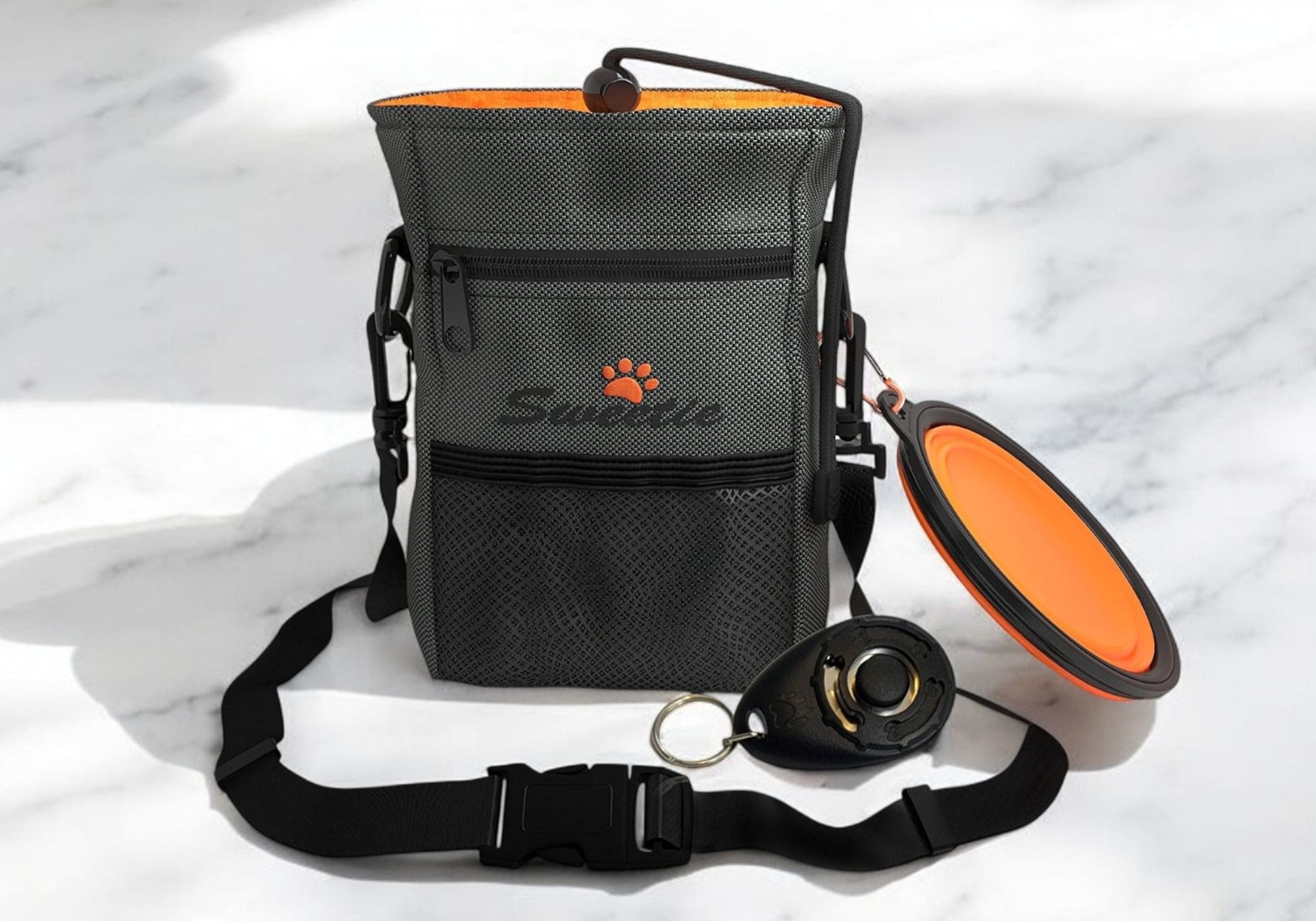
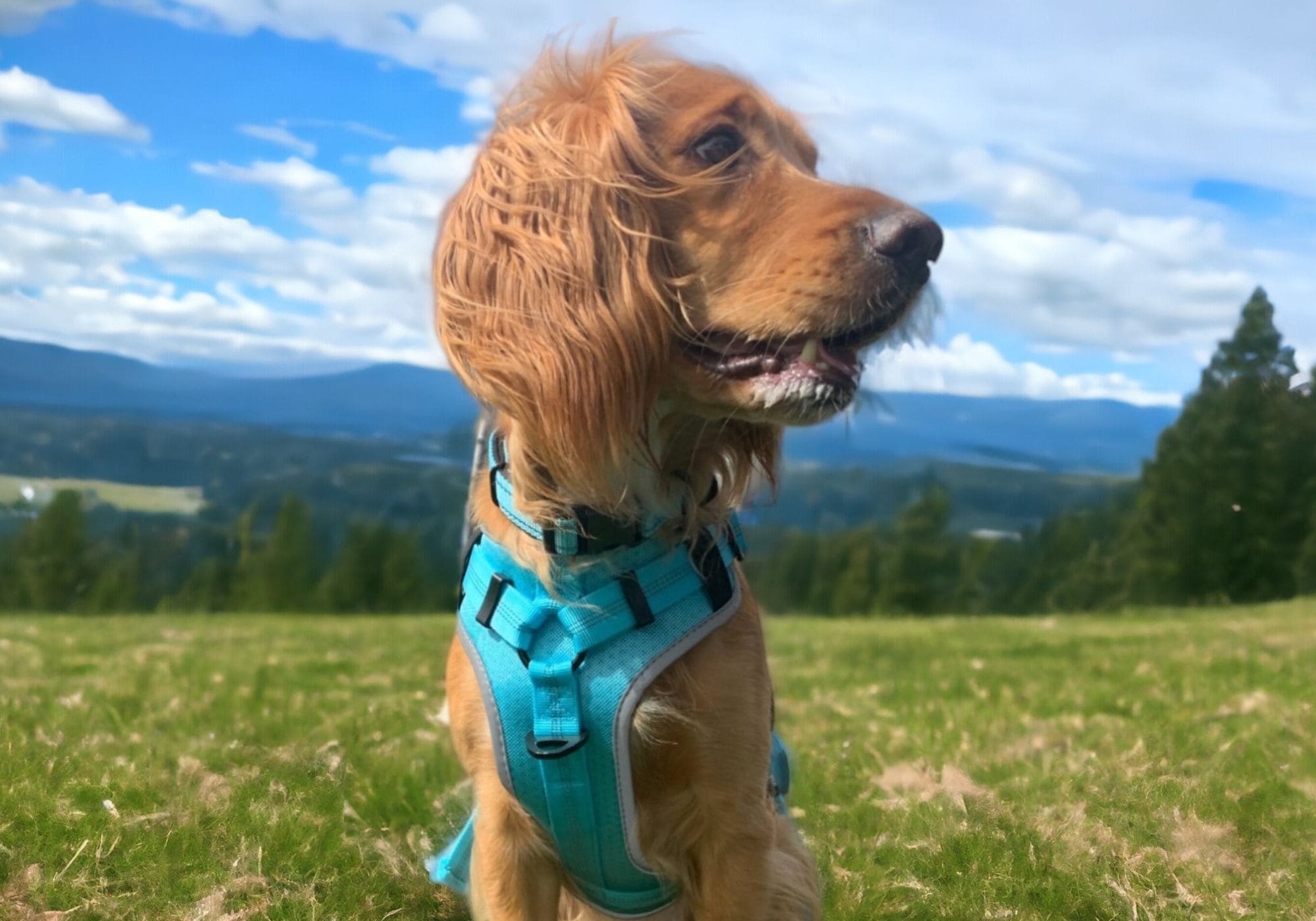
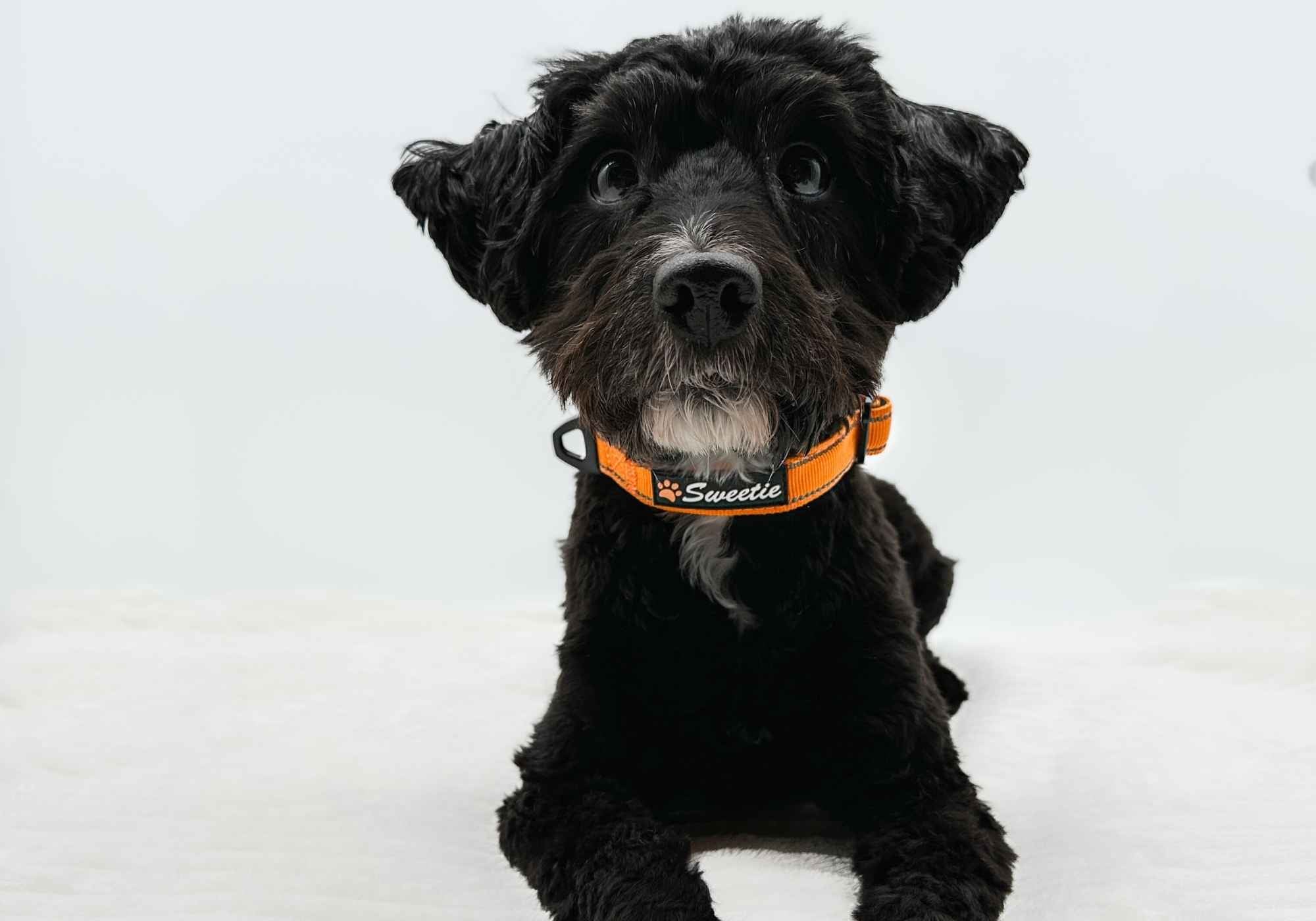
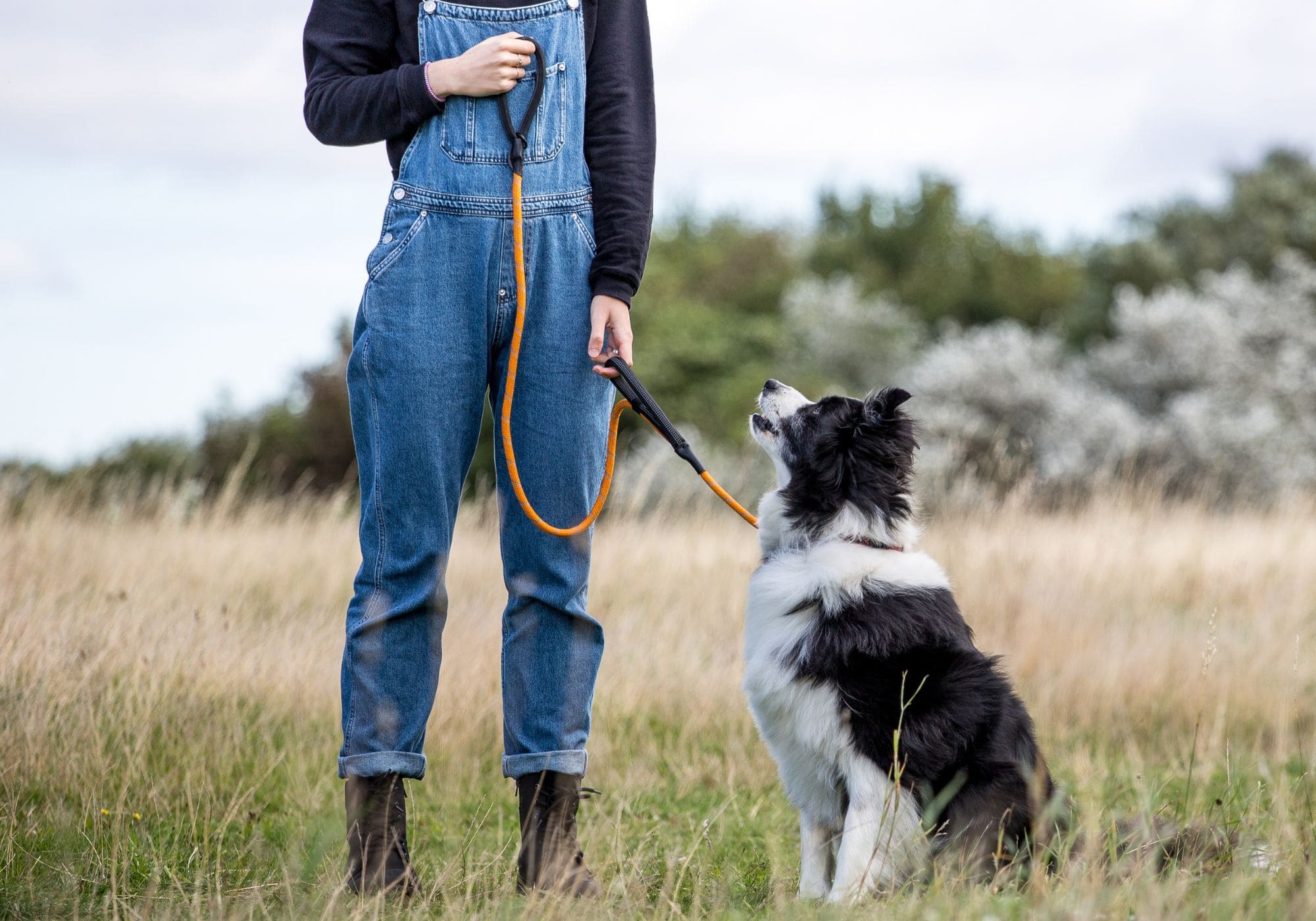
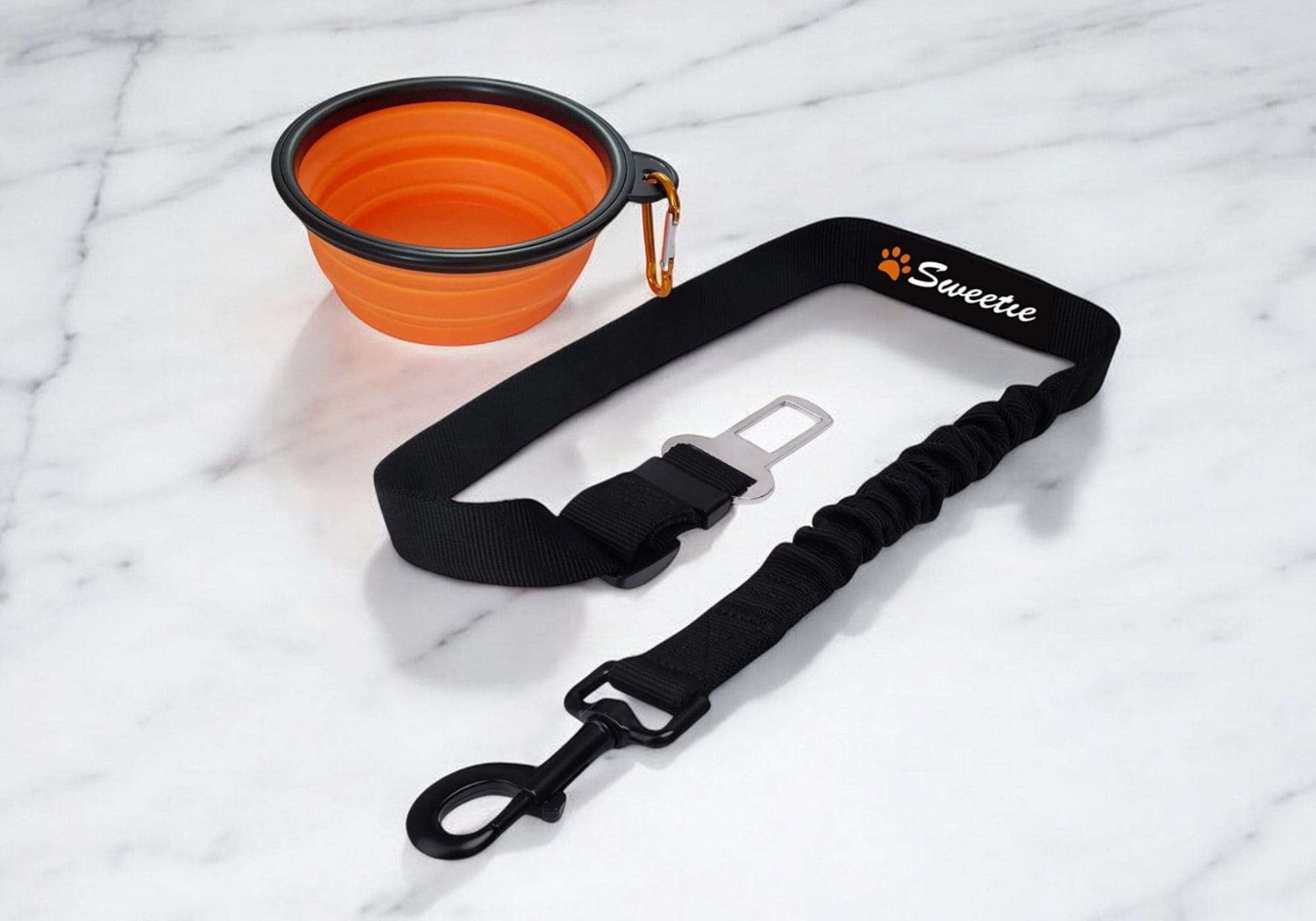
Leave a comment